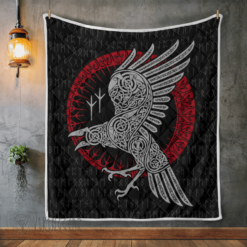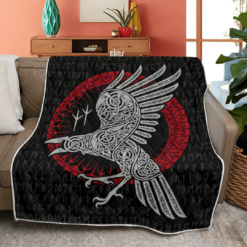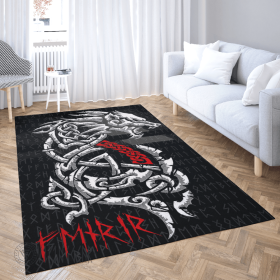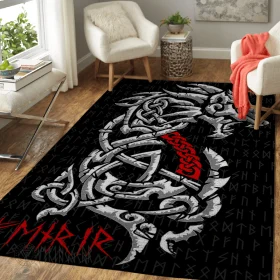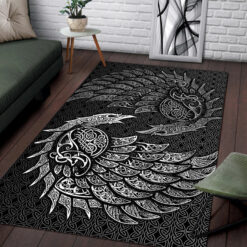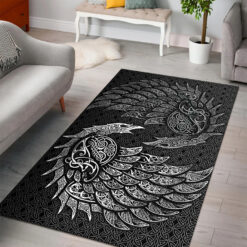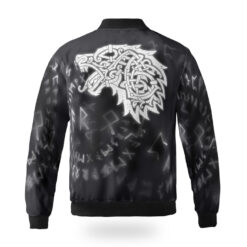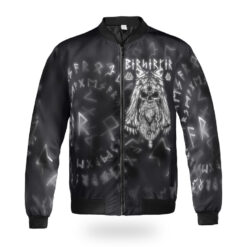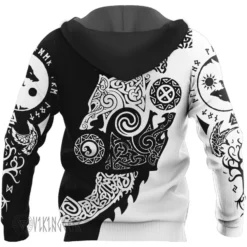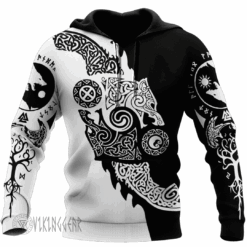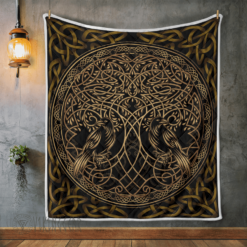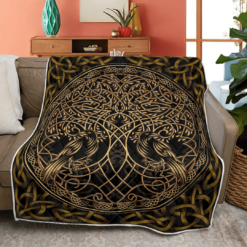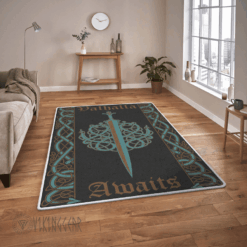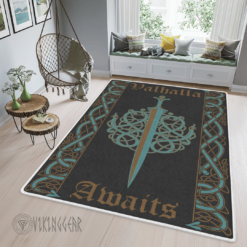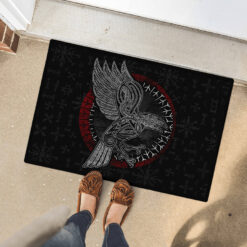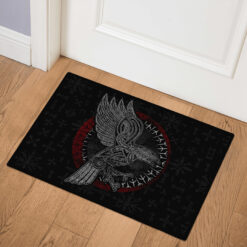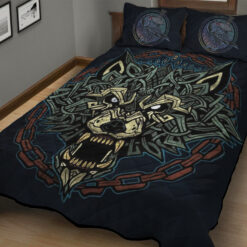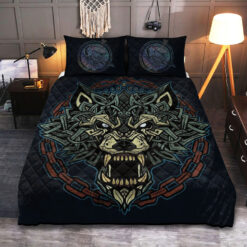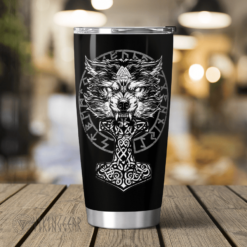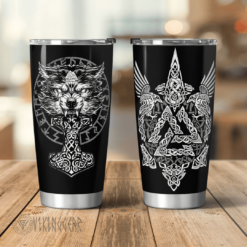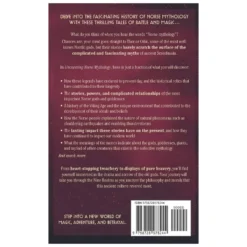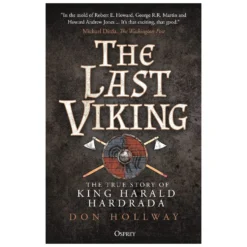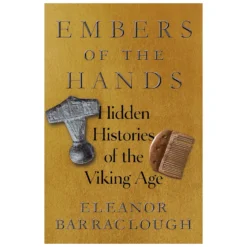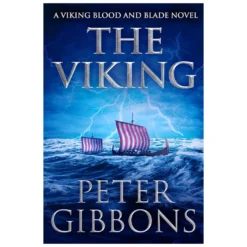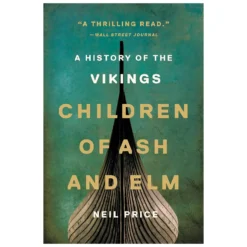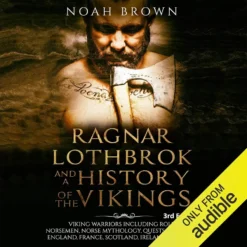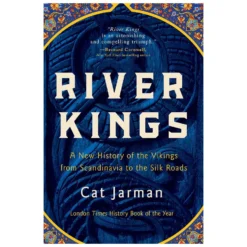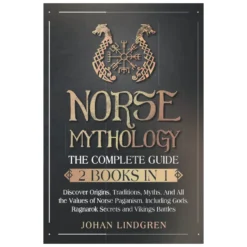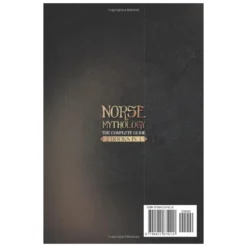Viking Blog
Viking Wedding Dress – 7 Fascinating Traditions You Didn’t Know
A Viking wedding was more than a union of two people. It created a sacred bond among families, clans, and even gods. The Viking wedding dress was a key ritual in Norse culture. It symbolized purity, prosperity, and divine protection. Today, we picture white gowns and veils. But Vikings had unique wedding traditions that made their ceremonies special.
Here are seven intriguing traditions related to Viking wedding dresses and their ceremonies.
1. The Viking Wedding Dress Was Often Blue
Unlike the modern white gown, the most traditional Viking wedding dress was blue. Blue symbolized purity, loyalty, and truth. Linen and wool were common fabrics. Wealthier brides chose imported silks. Dresses often had embroidery, beads, and brooches. These decorations showed family wealth and status.
2. Bridal Cloaks Fastened with Brooches
A key element of the Viking wedding dress was the bridal cloak. This cloak featured elaborate decorations. They fastened it at the shoulders with ornate brooches or clasps. These brooches were both practical and symbolic. Family members passed them down through generations as heirlooms. The cloak showed the bride’s family heritage and marked her move to a new home.
3. Keys as Symbols of the Bride’s New Role
One striking tradition was the gifting of keys. On her wedding day, a bride wearing her Viking wedding dress would also receive a set of keys to her husband’s home. These keys, often carried on her belt, symbolized her new authority over the household. In Norse society, women had important roles. They managed property, resources, and family honor.
4. Hair and Headdress for the Ceremony
Before the wedding, a Viking bride’s hair was often worn loose to symbolize her maidenhood. On her wedding day, she braided her hair and covered it with a headdress or crown. Some brides added flowers, beads, or small metal ornaments to their hair. These details complemented the Viking wedding dress. The change in hairstyle marked the passage from girlhood to womanhood.
5. The Sword Exchange Ritual
One of the most fascinating customs was the exchange of swords. The groom would give his ancestral sword to the bride. This gift symbolizes his family line continuing. The bride might then gift a sword to her husband, representing the transfer of loyalty. This ritual wasn’t part of the Viking wedding dress, but it was key to the meaning of marriage.
6. Thor’s Hammer for Fertility and Blessing
Many weddings invoked the god Thor to bless the couple with fertility and protection. Brides sometimes wore small Thor’s hammer pendants with their Viking wedding dresses. In some ceremonies, they placed the hammer in the bride’s lap. This act symbolized a call for divine blessings, hoping for children and prosperity.
7. Feast Clothing After the Ceremony
After the formal rituals, the bride often changed into another gown for the wedding feast. This second outfit was more festive, with brighter colors, jewelry, and decorated accessories. The Viking wedding dress showed tradition and symbolism. For the feast, the bride wore clothes that displayed wealth, joy, and celebration.
Why the Viking Wedding Dress Still Fascinates Today
The Viking wedding dress was far more than clothing. It focused on the key values of Norse society: family honor, loyalty, fertility, and divine blessing. Each detail, from the color of the gown to the keys at the bride’s waist, carried meaning that went beyond fashion.
Modern brides, inspired by Norse traditions, blend history with today’s styles. The spirit of the Viking bride lives on through blue gowns, braided hair, and symbolic jewelry.
Conclusion – More Than a Dress
The Viking wedding dress wasn’t about beauty. It symbolized power, identity, and continuity. Every stitch, brooch, and braid carried centuries of meaning. To wear such a dress was to step into the role of wife, protector, and keeper of the household.
The Viking wedding dress reveals the richness of Norse culture and its traditions. Clothing, rituals, and mythology all blend to celebrate life’s biggest bond.


